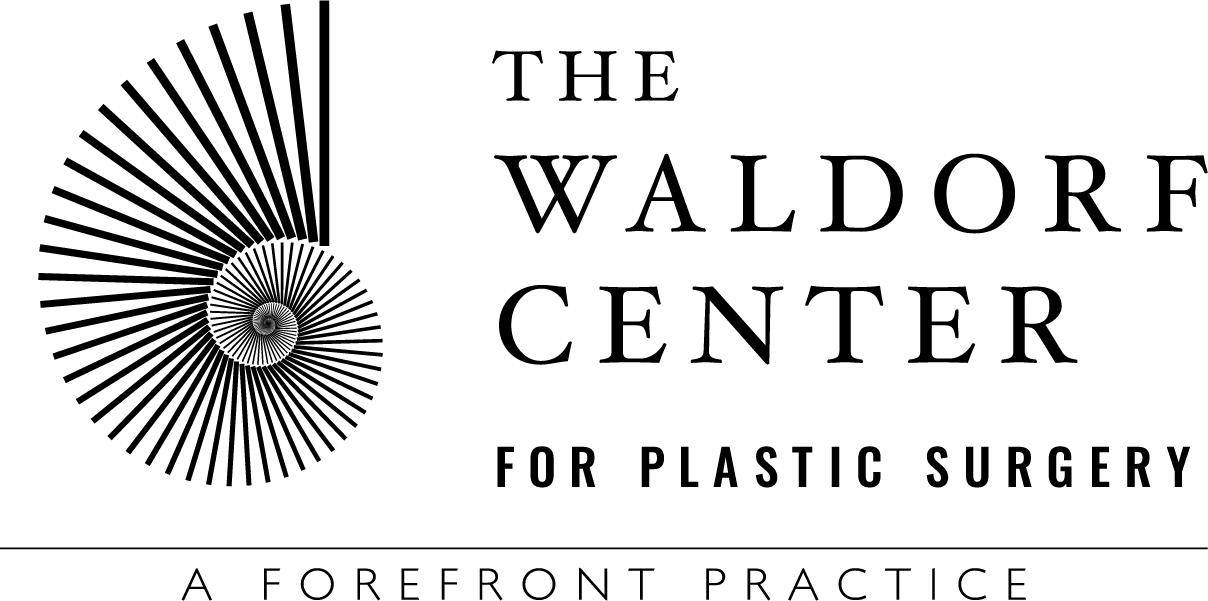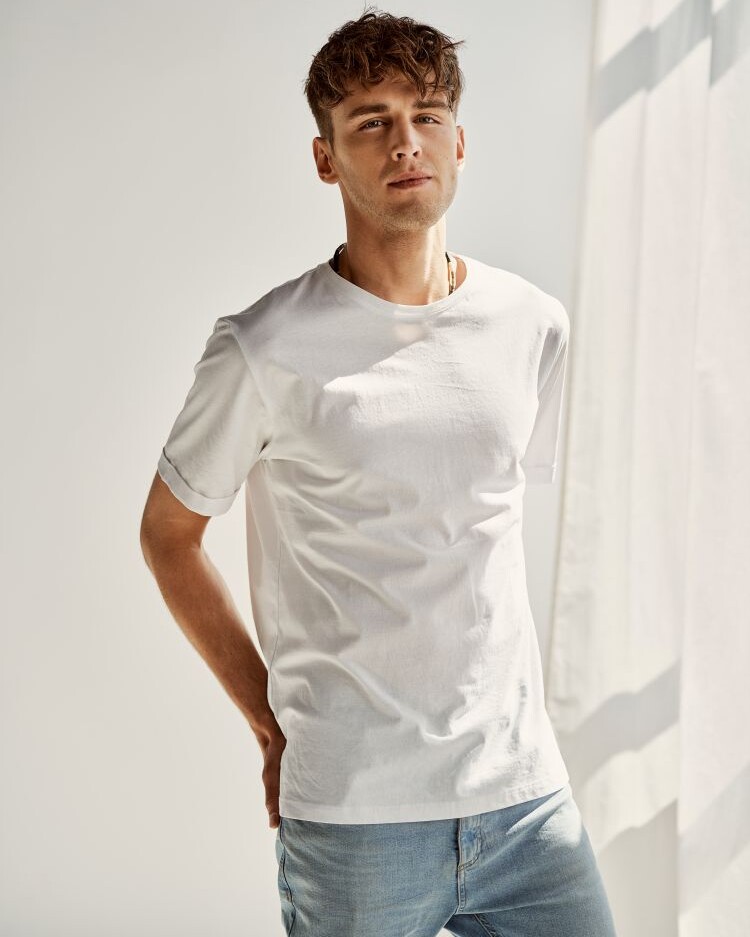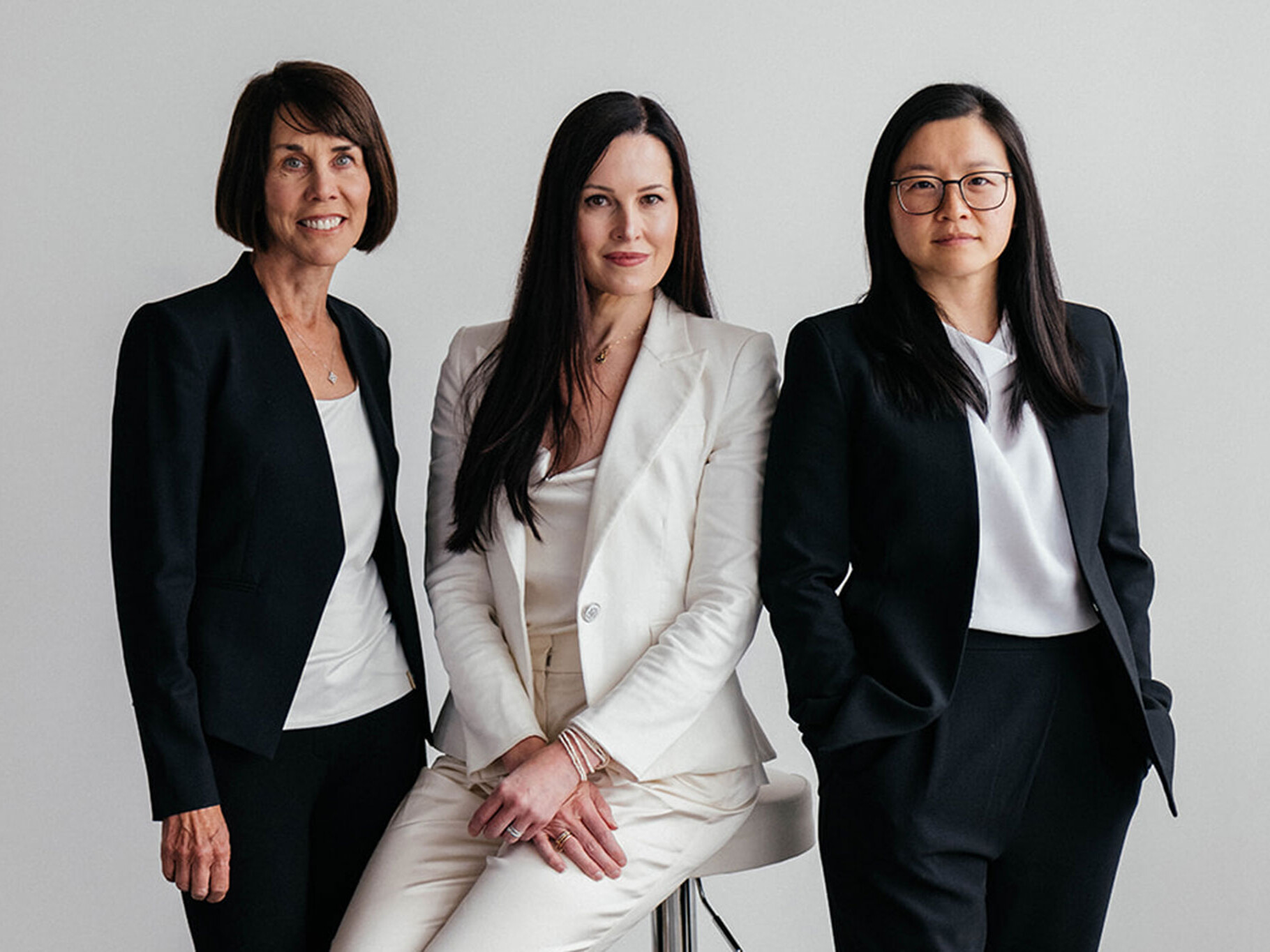- Home
- SURGERY
- Breast Surgery
- Gynecomastia or Male Breast Reduction
SURGERY FOR GYNECOMASTIA
MALE BREAST REDUCTION FOR VANCOUVER, SALEM,
AND ALL OF OREGON
FAQS
Open House 2025
at our Portland and Vancouver Open House
Free Gifts for the first 30 guests + Light bites, Mocktails & Desserts +
Vendor Spotlights & Interactive Tables
Join us for an exclusive evening of connection, community, and celebration at our Portland and Vancouver Open House.
This special event brings together our expert team, valued patients, and local partners for a night filled with
giving back, exciting prizes, and memorable experiences. Limited seating only, RSVP today!
Male breast reduction is a common procedure for men with enlarged breasts, a condition called gynecomastia. The Waldorf Center team knows that men with gynecomastia are usually self-conscious about the appearance of their chests, and they often attempt to improve the condition through strenuous workouts that bring little to no success. Surgery for gynecomastia at our Portland practice is often the most effective option.
Male breast reduction surgery – or surgery for gynecomastia – can restore the chest to a tighter, flatter, masculine appearance. Dr. Kathleen Waldorf has been in practice for more than 20 years, during which she has performed numerous successful male breast reduction procedures, helping men feel more confident about the way they look.
YOUR GYNECOMASTIA SURGERY CONSULTATION
The Waldorf Center philosophy is that patients should be well-informed when it comes to the procedures they choose, and this includes male breast reduction via gynecomastia surgery. Our surgeons meet with each patient to go over concerns and personal aesthetic goals. The surgery for gynecomastia consultation includes an examination and discussion of realistic potential outcomes, information on the surgery, and case-specific details.
CONTACT US
Learn more about surgery to correct gynecomastia for Portland, Vancouver, and all of Oregon at The Waldorf Center for Plastic Surgery. Call 503-646-0101 or 1-800-310-7901, or schedule a visit online.
HERE’S WHAT SURGERY FOR GYNECOMASTIA CAN FIX
Have you been searching for answers to questions like, “How to reduce chest fat for males?” “How do I stop my chest from sagging?” or maybe, “How do men tighten chest skin?” If you’ve noticed extra fullness or puffiness in your chest that doesn’t seem to go away with diet or exercise, you’re not alone, and you might be dealing with gynecomastia.
Surgery for gynecomastia is designed to treat more than just excess fat. It targets glandular breast tissue, which can cause a chest to appear soft or rounded in a way that’s hard to fix at the gym. Surgery for gynecomastia can help if you’re dealing with puffy nipples, asymmetry, or a chest that just feels out of proportion with the rest of your body. For many men, it’s not just about how the chest looks—it’s about how it feels to wear a T-shirt or chest take off your shirt at the pool. If you’ve tried everything and still feel uncomfortable with your chest, gynecomastia surgery could be the solution you’ve been looking for.
IS GYNECOMASTIA SURGERY RIGHT FOR YOU?
Gynecomastia surgery might be the answer if you’re dealing with stubborn puffiness that won’t go away, no matter how many bench presses you’ve done. The best gynecomastia surgery candidates are healthy guys who are done growing, at a stable weight, and ready to say goodbye to unwanted chest volume. Surgery for gynecomastia can be a game-changer if you’re feeling self-conscious about taking your shirt off or rocking a fitted tee. Whether it’s hormones, genetics, or just bad luck, this procedure can help you feel more confident and comfortable in your skin, shirt on or off.
Patients sometimes also ask us, “Can skinny guys get gynecomastia surgery?” The answer is yes. This condition can affect men of all body types. If you have some extra chest tissue without any medical issues and are generally healthy, you could be a great candidate for the surgery! If you’re a guy dealing with gynecomastia that just won’t budge no matter what, and you’re generally healthy without any serious medical issues, you might be a great fit for gynecomastia surgery. It helps if you’re a nonsmoker, steer clear of drugs, and have a positive mindset with clear goals about improving your chest’s appearance.
WONDERING WHAT GYNECOMASTIA SURGERY CAN DO FOR YOUR CONFIDENCE?
Have you been wondering, “What are the reasons for gynecomastia surgery?” or “Is gynecomastia surgery worth it?” Surgery for gynecomastia offers more than just a physical transformation. It can be a major confidence boost, too. If you’ve been feeling self-conscious about your chest, this procedure can help you finally feel comfortable in your own skin, whether you’re at the beach, in the gym, or just wearing a snug T-shirt.
Here are some of the top benefits of surgery for gynecomastia:
- Flatter, more masculine chest contour: The most obvious perk—this surgery helps create a chest that aligns more with how you want to look and feel.
- Long-lasting results: Once the excess tissue is removed, results are generally permanent, especially if you maintain a stable weight.
- Clothes fit better (and feel better): Say goodbye to strategic layering and oversized shirts. After surgery, many men find they can wear more fitted styles with confidence.
- A serious confidence upgrade: Let’s be honest—when you feel good about your body, it shows. This procedure can reduce self-consciousness and help you feel more at ease in social or intimate situations.
Whether you’ve been dealing with chest fullness for years or just started noticing changes, surgery for gynecomastia can be a powerful step toward a more confident, comfortable you.
Male breast reduction or surgery for gynecomastia involves two key techniques. Liposuction is used to suction out excess fatty tissue in the chest. Excision techniques are used to remove excess skin and glandular tissue. The areolas (the darker skin around the nipple) and the nipples may need to be moved to a more central position. In some cases, you might want to reduce the size of the areolas as well during surgery for gynecomastia.
Your surgeon will do everything she can to keep scars from surgery for gynecomastia as inconspicuous as possible, and these scars will naturally flatten and lighten during the months following a gynecomastia surgery. Sometimes, the incisions can be made around the edge of the areolas where the darkened skin will largely hide the scars. Additional incisions may be necessary in surgery for gynecomastia, however, to provide you with an optimal result.
Your surgeon will discuss all of these specific issues with you prior to your surgery so that you know exactly what to expect. Many patients can go home the same day after gynecomastia surgery.
THREE TALENTED DOCTORS
ONE FOCUSED MISSION
The experienced surgeons at The Waldorf Center for Plastic Surgery—Dr. Kathleen Waldorf, Dr. Rachel Streu and Dr. Heidi Johng—built the practice on a foundation of providing patients with high quality, ethical care. One of their guiding principles is a belief that cosmetic surgery is as much an art as it is a science.
The experienced surgeons at The Waldorf Center for Plastic Surgery—Dr. Kathleen Waldorf, Dr. Rachel Streu and Dr. Heidi Johng—built the practice on a foundation of providing patients with high quality, ethical care. One of their guiding principles is a belief that cosmetic surgery is as much an art as it is a science.
You should take at least one week off from work after your surgery and restrict your activity during that time. The recovery period involves some bruising, soreness, and swelling that will improve significantly over the first week. You can take pain medication to manage any discomfort. Some mild residual swelling will remain for a few weeks to months.
Special Financing Available
The Waldorf Center in Portland, OR, offers special financing for the recommended surgical or non-surgical procedure you want. Convenient monthly payments can be structured to fit your financial situation. Call the practice for more information at 503-646-0101 or contact us online.
Most men are required to wear a compression garment for a period of weeks, which will aid in swelling reduction and promote faster healing. You should be able to return to full activities, including working out, after four to six weeks. If your sutures were not dissolvable, the clinical staff will remove them during a post-surgical examination and will monitor your progress carefully to make sure you are healing properly.
The Waldorf Center offers a full range of surgical and non-surgical treatments to help men enhance their definition and feel more confident in their appearance. Along with male breast reduction surgery, many male patients also benefit from other procedures such as liposuction for below the chin, the flanks, abdomen, arms, and back. Tummy tucks can provide a slimmer, more toned midsection by addressing stubborn fat and loose skin. Post-weight loss surgery helps with achieving a firmer appearance by addressing loose skin after massive weight loss.
We will be happy to answer any questions you may have about surgery to address gynecomastia for Portland, Vancouver, and all of Oregon at The Waldorf Center for Plastic Surgery. Call 503-646-0101 or 1-800-310-7901.
*Patient results may vary*











